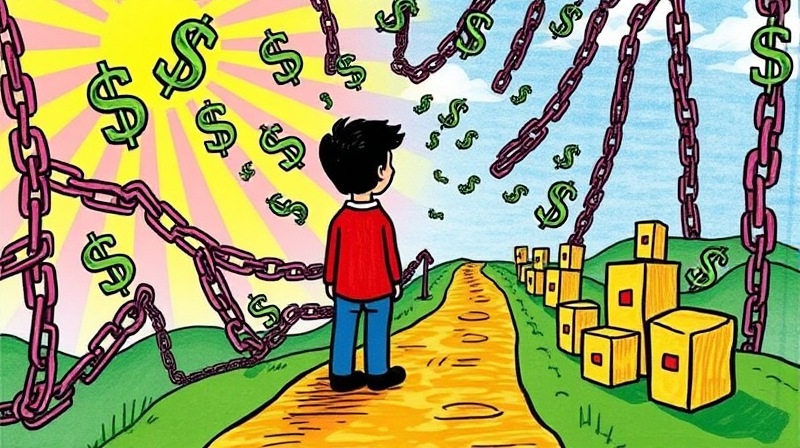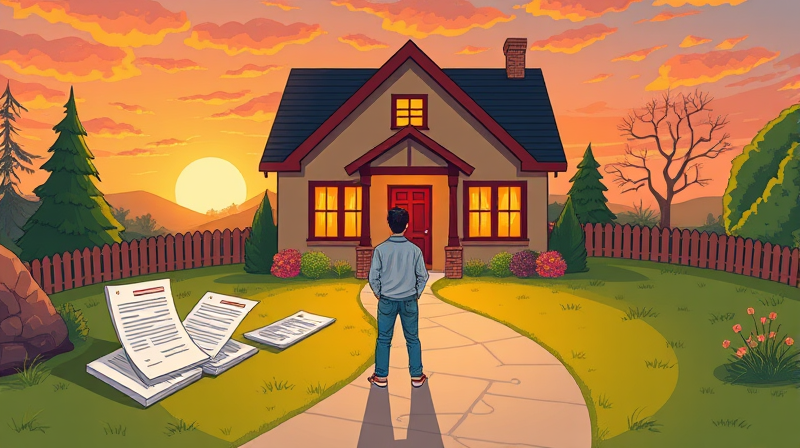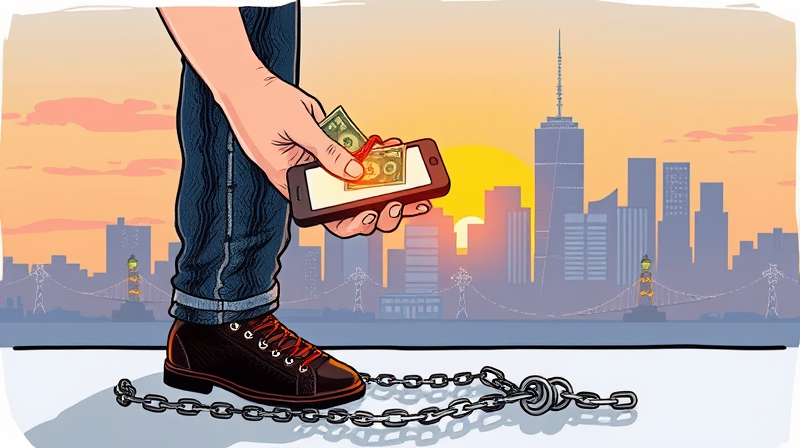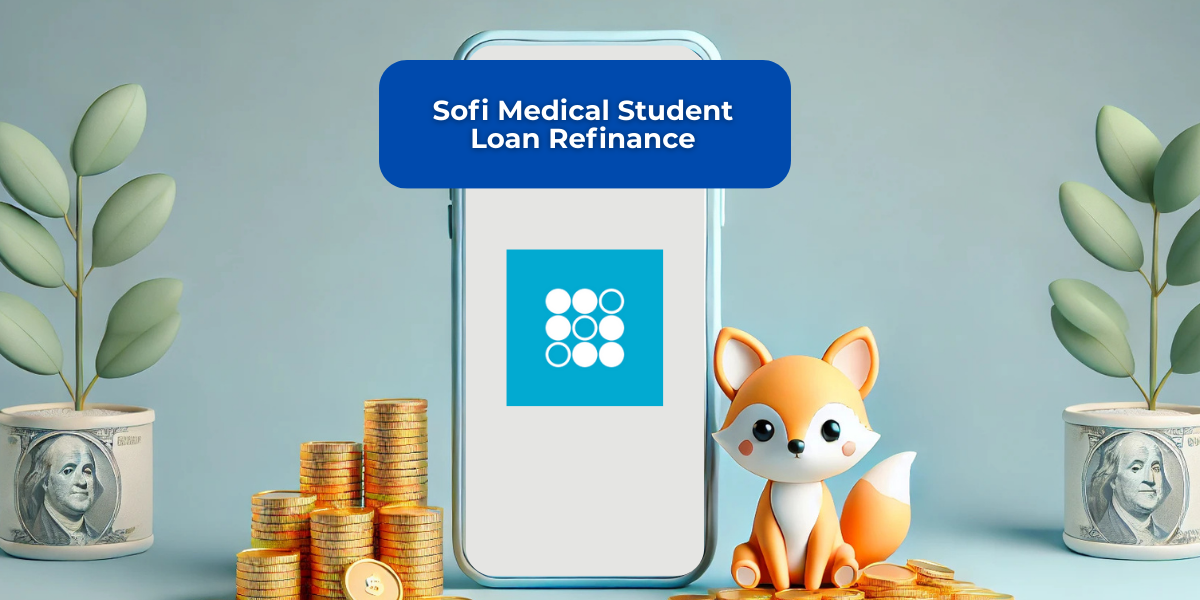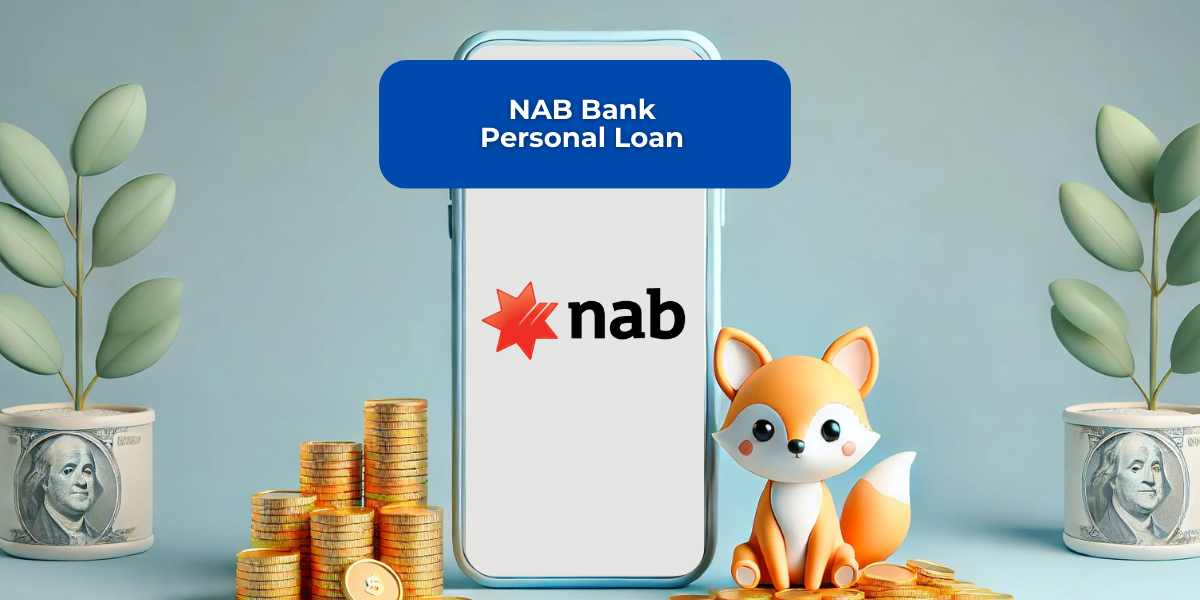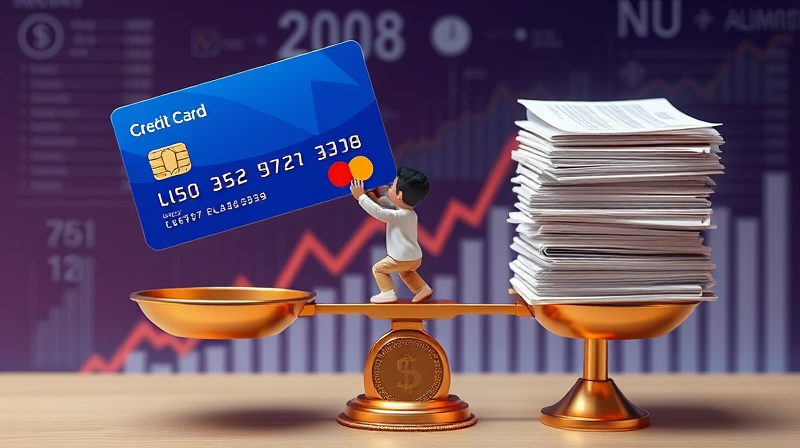Short-term cash advances have become a lifeline for millions facing tight budgets, yet their true costs often remain hidden. This article delves into the mechanics, risks, and smarter options.
By exploring market data, borrower experiences, and professional advice, we aim to empower readers with knowledge and practical guidance.
The Payday Loan Landscape
The payday lending industry has surged into a multi-billion-dollar market. In 2024, it reached $35.47 billion in total value, and projections estimate growth to $46.24 billion by 2029.
This expansion is fueled by rising economic uncertainty, evolving consumer borrowing habits, and easy access through digital platforms.
Despite its growth, the market remains controversial due to its impact on vulnerable communities and the high cost burden placed on borrowers.
How Payday Loans Work
Payday loans are designed as cash advances against upcoming paychecks, typically under $500. Borrowers write a postdated check or grant electronic access to a bank account.
The lender charges a fee that translates into an Annual Percentage Rate of nearly 400%. The loan is due in full on the borrower’s next payday, often within two weeks.
Failure to repay on time leads to rollovers and additional fees, creating a system where costs quickly outpace the original cash advance.
The Vicious Debt Cycle
One of the most alarming features of payday lending is its tendency to trap borrowers in repeated borrowing. Research shows that over 80% of these loans are rolled over at least once.
Nearly 75% of borrowers have used payday loans before, and roughly 20% take the loan out ten or more times before escaping their debt.
This unauthorized rollover of fees and interest means many end up paying far more in charges than they ever received in cash.
Who Uses Payday Loans?
Payday lenders often target individuals with limited financial options:
- People earning less than $40,000 annually
- Renters and those without a college diploma
- Separated or divorced adults and young borrowers under 25
A survey revealed that 74% of payday loan users are female, while 25% are male, highlighting demographic trends that warrant attention.
Alternatives to Payday Loans
While short-term cash needs can feel urgent, several alternatives offer more sustainable paths:
- Personal installment loans with lower APRs and longer repayment periods
- Credit union payday alternative loans (PALs) with capped fees
- Peer-to-peer lending platforms connecting borrowers and individual investors
For example, certain online lenders provide rates between 160% and 195% APR with repayment terms up to 18 months, compared to a typical 400% APR payday loan.
Additionally, building a relationship with a local credit union or community bank may unlock small-dollar loan programs designed to prevent debt spirals.
Future Trends and Regulation
Technology is reshaping the payday lending space. AI-driven risk assessment and alternative credit scoring models promise more personalized and fairer loan offers.
Regulatory bodies are also taking action. As of 2025, thirty states permit payday loans, while others impose caps or outright bans to protect consumers.
Enhanced borrower education programs and transparent digital disclosures aim to reduce predatory practices and empower individuals to make informed decisions.
By understanding the true costs and exploring viable alternatives, consumers can break free from high-cost debt cycles and move toward lasting financial stability.
References
- https://debthammer.org/payday-loan-debt-statistics/
- https://www.thebusinessresearchcompany.com/report/payday-loans-global-market-report
- https://www.ncsl.org/financial-services/payday-loans-2025-legislation
- https://www.responsiblelending.org/research-publication/down-drain-payday-lenders-take-24-billion-fees-borrowers-one-year
- https://www.responsiblelending.org/media/new-report-predatory-payday-lenders-took-24-billion-fees-borrowers-year
- https://www.opploans.com/personal-loans/alternatives-to-payday-loans/
- https://blog.massmutual.com/planning/dangers-payday-loans
- https://www.technavio.com/report/payday-loans-market-industry-analysis

